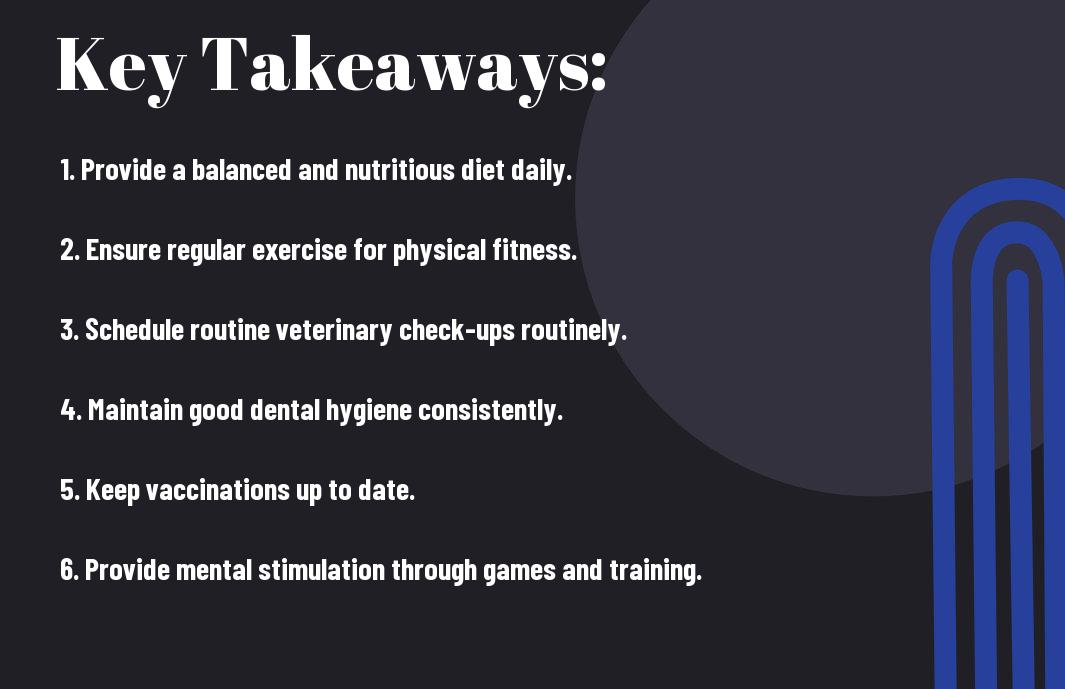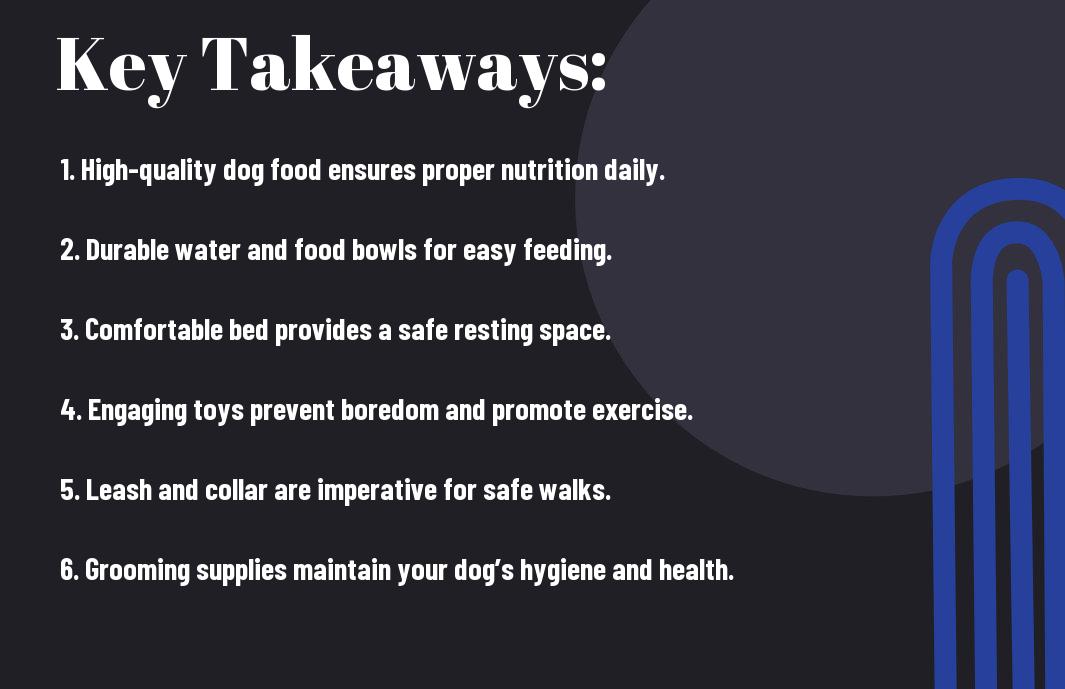Loading your horse into a trailer can be a frustrating challenge, especially when your horse refuses to cooperate. This can not only lead to stress for both you and your horse, but it can also escalate into potentially dangerous situations. In this post, you will discover five effective solutions that can help you overcome this issue and ensure that your horse loads safely and confidently. With the right approach, you can transform trailer loading into a positive experience for both of you.
The Psychology of Trailer Loading Anxiety
Understanding your horse’s emotional state is key to resolving loading issues. Anxiety surrounding trailer loading often stems from past experiences, fear of enclosed spaces, or lack of familiarity with the trailer itself. A horse under stress may exhibit signs like refusals, pulling back, or even turning away. Addressing these psychological factors can significantly improve loading behavior.
Recognizing the Root Causes of Fear
Identify specific triggers that may contribute to your horse’s anxiety about loading. Past negative experiences, such as a rough ride or a fall, can lead to fear. Observing your horse’s body language and behavior on and around the trailer helps uncover these root causes, allowing you to address them proactively with training and desensitization.
Understanding the Horse’s Perspective
Your horse views a trailer as a potential threat, not just a means of transport. It may associate the trailer with stressful experiences that heighten anxiety. Horses thrive in open spaces, and confinement can trigger panic responses. Recognizing this perspective helps you create a more inviting loading experience. Addressing your horse’s concerns with patience, gradual exposure, and positive reinforcement is crucial for building trust.

Preparation: Building Positive Associations
Setting the stage for successful loading involves creating a comfortable environment for your horse. Start by ensuring the trailer is clean and familiar, which lays the groundwork for your horse’s acceptance. Introduce various elements, like hay and water, to make the trailer appealing. Gradually increasing your horse’s exposure to the trailer helps instill confidence and shifts their perception from apprehension to acceptance.
Familiarization with the Trailer
Let your horse explore the trailer at their own pace. Stand nearby while they sniff around, encouraging them to step inside without pressure. Use treats or familiar scents to create a calming association, reinforcing a sense of safety and security. Spend time around the trailer without loading, allowing your horse to adjust to its presence.
Introducing Loading as a Rewarding Experience
Transform loading into a positive encounter by associating it with rewards. Begin with short sessions that encourage your horse to enter the trailer willingly. Use high-value treats or their favorite toys as incentives. Praising and rewarding them for even minor steps toward the trailer fosters a willingness to load. Gradually extend the duration of the sessions, reinforcing positive behavior every step of the way.
To create a solid foundation for loading, establish a routine where loading leads to enjoyable experiences. For instance, after loading your horse, take them to a favorite riding location or reward them with a trail ride. By providing these positive outcomes consistently, your horse will begin to view loading not as a chore but as a gateway to exciting adventures, significantly reducing resistance and anxiety over time.
Technological Aids: Tools for Success
Utilizing modern technology can streamline trailer loading processes, making them more efficient and less stressful for both you and your horse. From interactive apps to specialized equipment, these tools offer innovative solutions that enhance loading experiences. Tools like portable loading ramps with adjustable angles and horsebox cameras allow you to monitor your horse’s behavior, making it easier to identify and address any concerns. By integrating these technological aids, you can create a more inviting and secure environment for your horse.
Innovative Loading Aids and Their Effectiveness
Loading aids such as hydraulic ramps and automatic trailer doors significantly improve your horse’s loading experience. Hydraulic ramps, for instance, allow for a gradual incline, reducing the perceived height and encouraging safer entry. Additionally, products like horse loading platforms can provide a familiar space for practice, leading to increased confidence. These aids not only enhance safety but also promote a positive mindset during loading sessions.
Using Technology to Enhance Training
Incorporating technology into your training regime can lead to dramatic improvements in your horse’s loading behavior. Wearable tech, such as heart rate monitors, provides insights into your horse’s stress levels during training. You can also use video recordings to analyze loading sessions, pinpointing specific moments that may cause anxiety. By understanding your horse’s reactions in real-time, adjustments can be made more effectively, fostering a more successful training environment.
Tools like mobile apps designed for tracking behavior and progress can provide you with valuable data to tailor your training methods. For instance, analyzing your horse’s loading times and stress levels through an app can help identify patterns that indicate improvement or setback. This approach allows you to devise personalized training strategies that address your horse’s unique challenges. The integration of technology not only modernizes your training process but also enhances communication and trust between you and your horse, making loading a seamless experience.
Expert Techniques from Professional Trainers
Professional trainers often apply a variety of strategies to tackle trailer loading challenges. Combining groundwork with positive reinforcement techniques can significantly improve loading behavior. Techniques such as desensitization, where you gradually expose your horse to the trailer in a non-threatening manner, enable your horse to associate loading with positive experiences. Incorporating treats or praise upon successful loading can further motivate your horse to approach the trailer without fear.
Proven Methods to Encourage Loading
Utilizing pressure and release techniques can be highly effective in encouraging your horse to load. Guide your horse toward the trailer using light pressure on the lead rope, releasing it the moment your horse shows willingness to step forward. This creates a clear connection between their actions and your response, reinforcing the desired behavior. Additionally, practicing loading in a quiet environment can build your horse’s confidence.
Common Mistakes and How to Avoid Them
Many handlers inadvertently make loading difficult by applying too much pressure or using negative reinforcement. Rushing the loading process or forcing your horse inside the trailer can lead to increased fear and resistance. Instead, focus on creating a calm atmosphere and allowing your horse to explore the trailer at its own pace. Avoid distractions and keep the loading sessions short and positive to maintain your horse’s willingness to engage.
Avoiding these common mistakes requires patience and understanding of your horse’s behavior. Forcing them in can cause long-term anxiety associated with loading, and using harsh methods can damage trust. Instead, prioritize gradual exposure and positive associations. For example, start by simply allowing your horse to investigate the trailer without any pressure. When your horse takes a step forward, immediately reward them with a treat or praise. This positive reinforcement builds confidence and encourages your horse to see the trailer as a safe space rather than a source of stress. Regular practice, in manageable increments, can lead to significant improvements in loading behavior.

When to Seek Professional Help
Recognizing when to bring in a professional can save you time and frustration. If your horse consistently refuses to load after you’ve tried various methods, or if you notice signs of distress, it may be time to consult an expert. A qualified trainer or equine behaviorist can assess your horse’s specific issues and develop a tailored approach to overcome loading challenges effectively.
Identifying Signs of Serious Behavioral Issues
Pay close attention to behaviors that indicate deeper issues, such as excessive sweating, rearing, or bolting away from the trailer. If your horse shows persistent fear or aggression toward loading, these can be signs of serious behavioral problems that require specialist intervention. Recognizing and addressing these signs early can prevent further escalation.
Finding the Right Trainer or Equine Behaviorist
Seek a professional with a strong background in equine behavior and trailer-loading techniques. Look for trainers with certifications from reputable organizations and positive testimonials from other horse owners. Prioritize those who use humane, proven methods tailored to your horse’s temperament and history.
Conduct interviews and observe training sessions before making a choice. Ask potential trainers about their strategies, focusing on their experience with horses similar to yours. For example, some trainers specialize in desensitization techniques, which can significantly benefit your horse if it has a traumatic past related to loading. Finding the right fit requires matching your horse’s unique needs with a trainer’s expertise to ensure effective and compassionate handling.
Summing up
Drawing together effective strategies for loading your horse into the trailer, you can alleviate stress for both you and your horse. By understanding your horse’s behavior, making the trailer a positive space, and using proper techniques, you can ensure a smoother loading process. Additionally, employing patience and training exercises will build your horse’s confidence. Implement these solutions consistently, and you’ll find that loading becomes a more manageable and less daunting task.
FAQ
Q: What are some signs that my horse is anxious about loading into the trailer?
A: Signs of anxiety can include tail wringing, refusing to approach the trailer, sweating, high head carriage, snorting, or resisting when being led. Noticing these signs early can help in addressing the issue effectively.
Q: How can I acclimate my horse to the trailer without forcing them?
A: Start by allowing your horse to investigate the trailer at their own pace. Use treats or their favorite feed inside the trailer to create a positive association. Gradually encourage them to step inside, allowing frequent breaks and praise when they show progress.
Q: Are there specific training techniques that can help my horse load more easily?
A: Yes, techniques such as desensitization, ground manners training, and using a loading ramp can be beneficial. Consider practicing loading sessions in a calm environment and reward your horse for small steps towards loading to reinforce the behavior.











